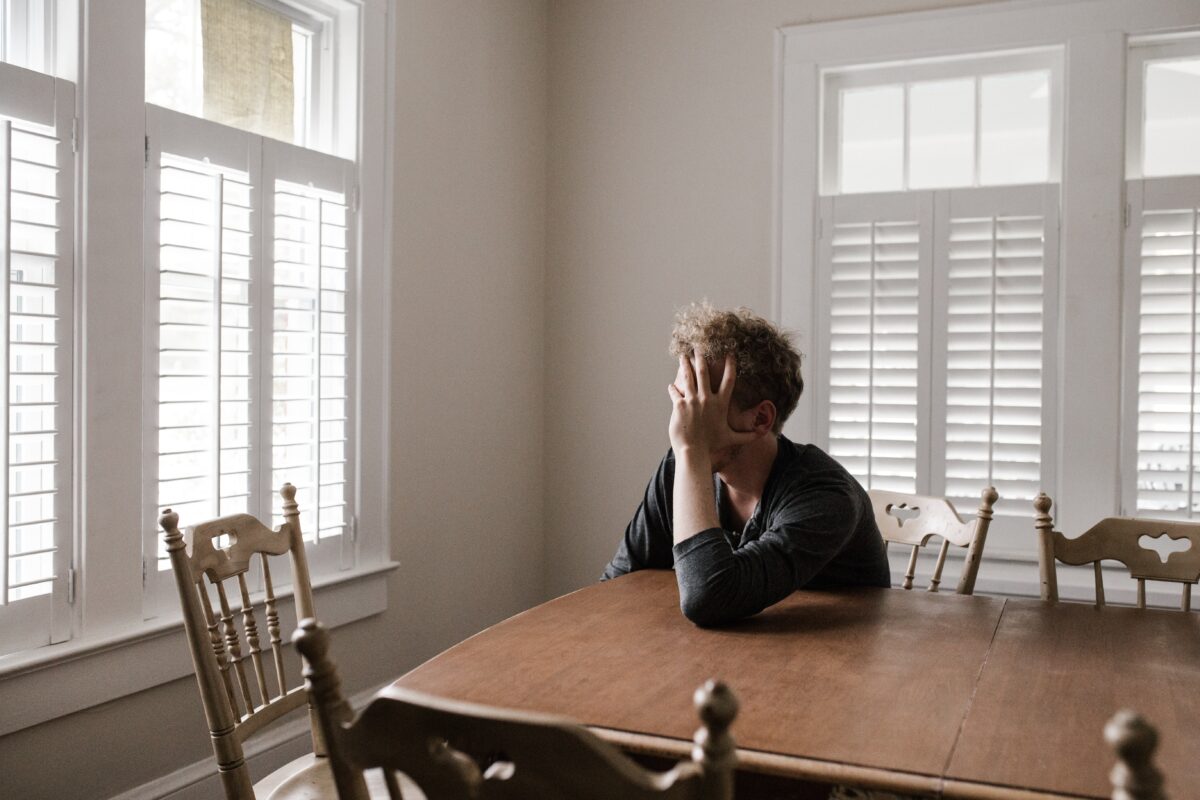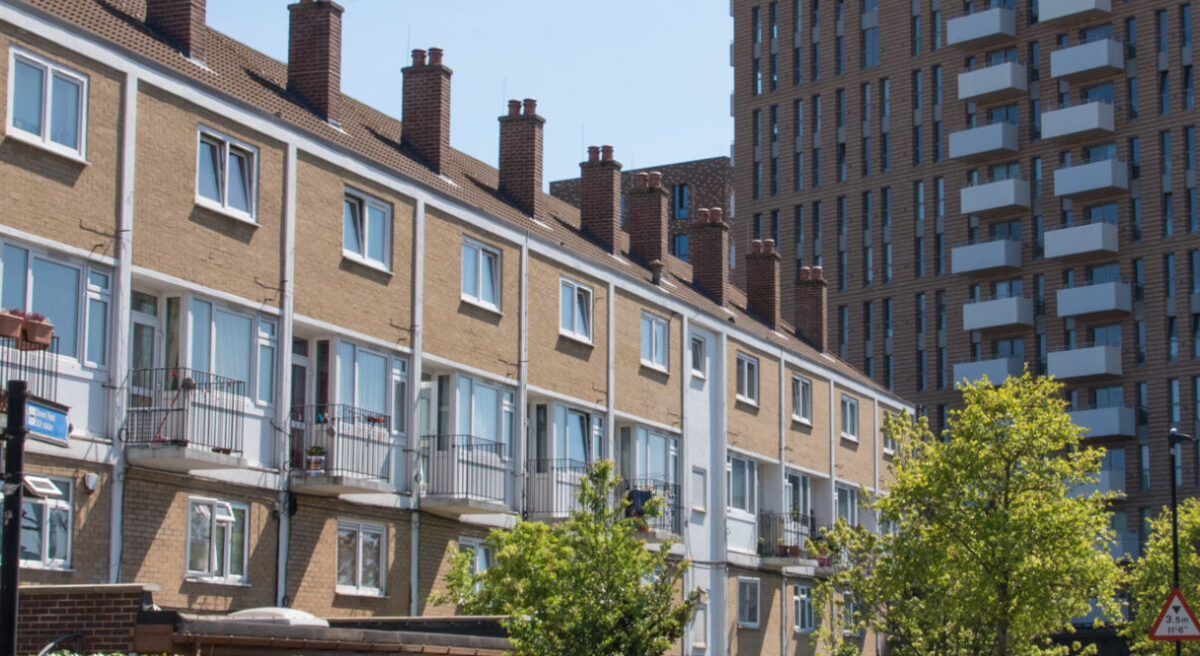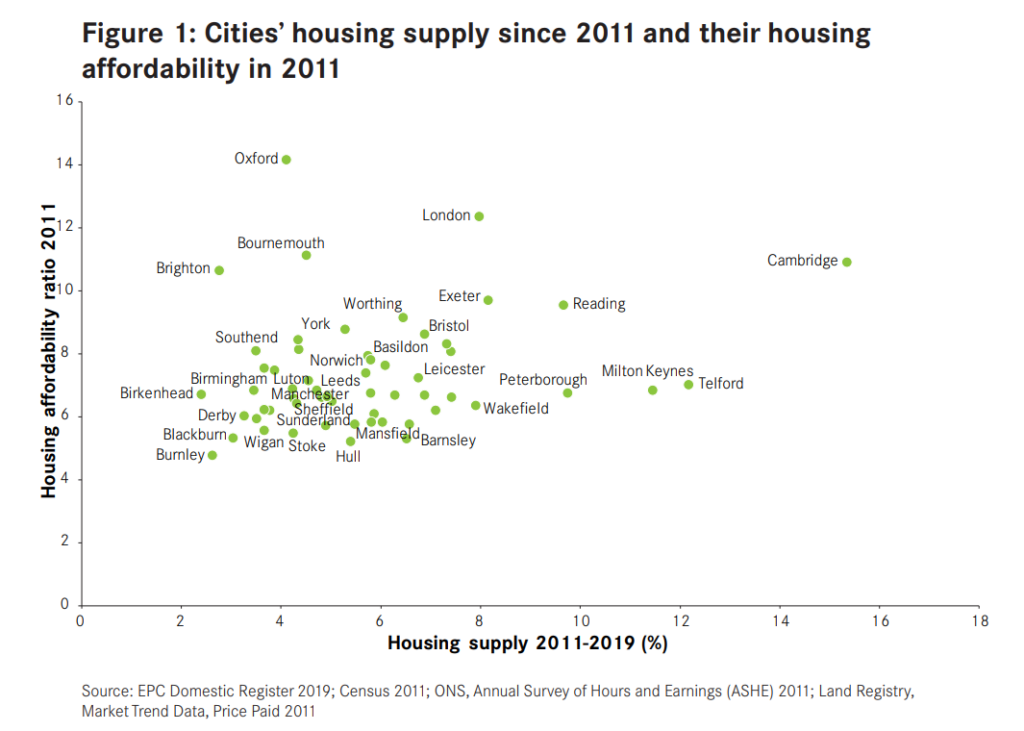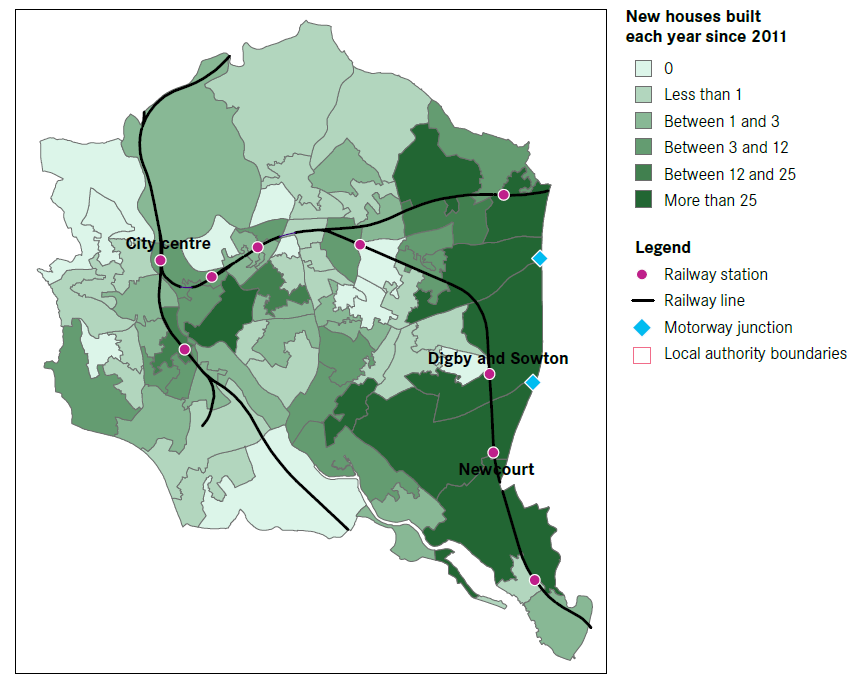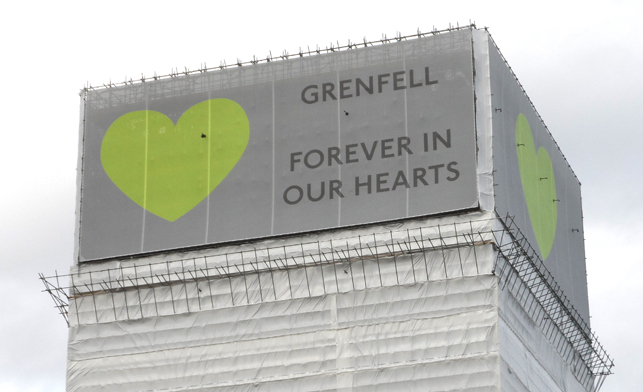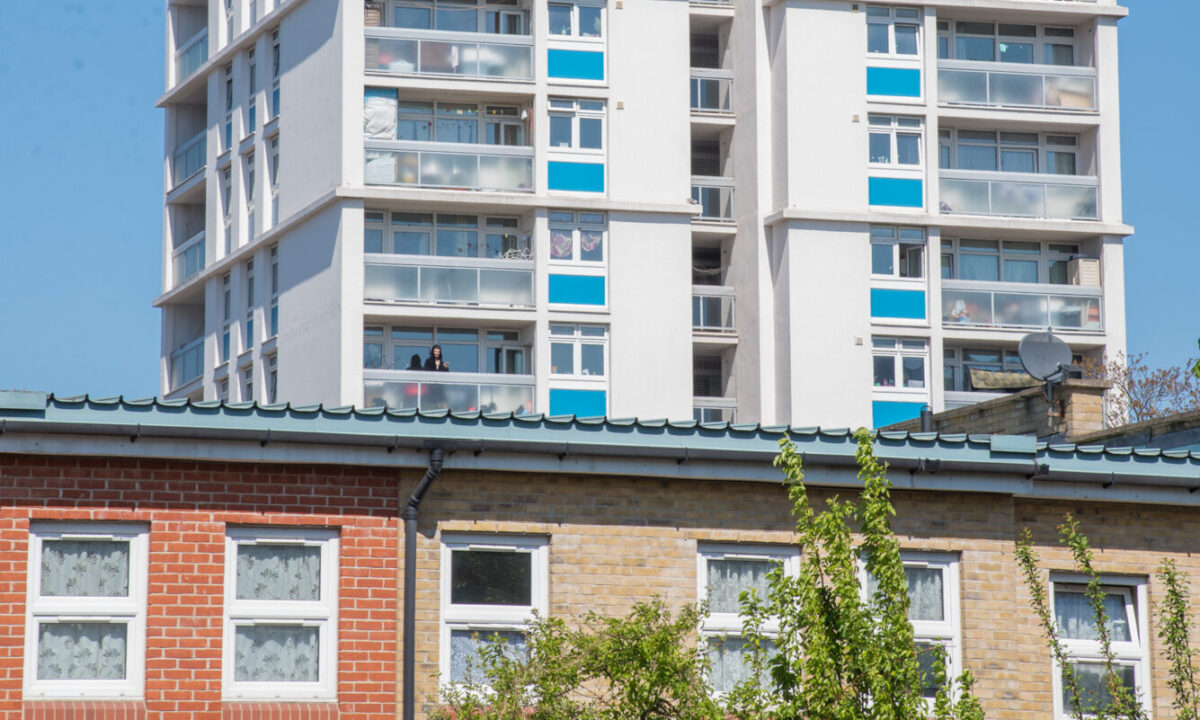Before I became the cabinet lead for Housing Services in May 2018, I had worked in inner City housing for over 25 years and thought rather arrogantly I had seen it all. The squalor, deprivation and human misery I have seen while out with our licensing inspection officers shocked me out of this complacency.
On one of my first visits we went into a small unlicensed 3 bedroom terrace house which had families in each bedroom, the living room and the loft. The rear garden shed was also used as accommodation but was at the time empty. The property was damp, poorly decorated, dirty carpets, broken and worn furniture with dangerous electrical and gas fittings. Each family were charged from £600 to £1,000 per month for their room. I am sure that Charles Dickens would have seen similar scenes in Victorian London.
This is despite Newham having one of the most extensive, longest running and most effective landlord licensing schemes in the country. Set up in 2013, renewed for another 5 years in 2018, the current scheme lasts until 2023. To do this we had to persuade a somewhat sceptical Government that licensing was necessary to tackle serious anti-social behaviour and housing hazards but also to protect tenants from exploitation and criminal landlords.
There are an estimated 17,000 landlords who have to register, pay a fee and comply with the terms of the license and we estimate there are at least 47,000 households renting privately licensed accommodation in Newham. Since February 2018 we have fined 247 landlords and prosecuted 38. Recently we have doubled the number of enforcement officers.
We have a huge private rental sector in Newham. In 2001 only 17% were privately rented; now it is nearly half of all homes. Prices of properties in Newham were traditionally low and this enabled private landlords to buy homes cheaply by London standards. However, between 2011 and 2018, rents increased in Newham by 56%, house prices by 89% – but salaries have only risen by 21%. Median monthly private rents in the third quarter of 2018 were above £1,400. This is one of the chief reasons that 50% of families in Newham live in poverty after their housing costs are taken into account.
There are a number of myths about local authorities and private sector rental licensing. I have been to ‘lively’ meetings with local landlords who are convinced that this is a “money making machine” for the Council and do not understand that their license fees are ring-fenced for enforcement and cannot be used to cross subsidise other council services.
We are definitely not, repeat not, “anti-landlord”, but we are anti exploitative and criminal landlords. There are many conscientious landlords who want to work with us to drive up standards. Many landlords will privately admit that bad landlords who fail to maintain their properties drive out their tenants who live nearby.
Some residents and tenants are frustrated that we are not always able to take the immediate and direct action to tackle anti-social behaviour and disrepair that they want to see enacted. To prosecute bad landlords we need to obtain sufficient evidence of criminality (“beyond reasonable doubt” standard) which is needed to satisfy the courts. It can sometimes be a slow and complex process.
To be clear, licensing is a success story, but is far from being a panacea for all housing ills in Newham. For example, we cannot license rent levels for affordability. We have a long wish list of improvements, including ending the incredible exemption that local authorities and the National Asylum Service enjoy from being licensed (and that includes our own council). We need the government to keep to its promise to get rid of section 21 (no fault evictions) but also the abolition of immigration checks on rental agreements and no recourse to public funds.
The Covid-19 pandemic has made all of us in housing stop and think about what we can do protect our community. Despite staff working from home they have managed to prevent many illegal evictions and stop people being thrown onto the streets.
Targeting our inspections and enforcement on dealing with damp, disrepair, overcrowding, unlawful HMOs, poor energy efficiency and fuel poverty would seem an obvious initial response to Covid-19. To be frank, we are also worried that when/if the Government allows housing courts to fully operate again then there could be a huge increase in evictions (legal and illegal).
Licensing and our Homeless prevention and assistance service will be working together to manage this. We will not hesitate to prosecute anyone who criminally evicts or harasses tenants. We will also, if appropriate, refer them also to planning enforcement, council tax fraud and HMRC.
Future plans include: completing the setting up of new Empty Homes and Energy Efficiency teams; a communications campaign planned over the summer to increase awareness of rights and responsibilities for tenants as well as legal requirements for landlords; creating post(s) within the service to support PRS tenants and advise landlords.
We are stepping up not only enforcement but also our advice and support. Hopefully, when a future Cabinet lead goes out on inspections they will find a different story.






